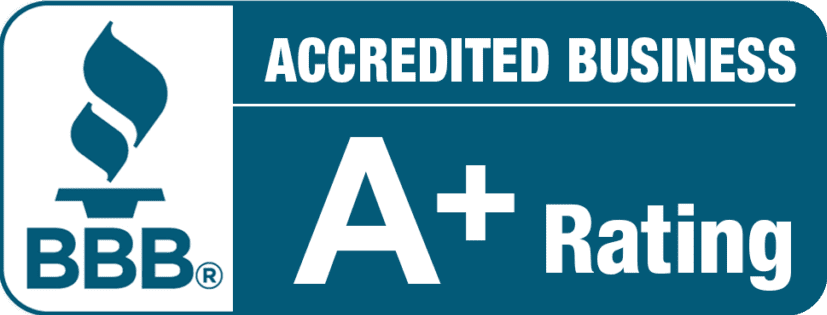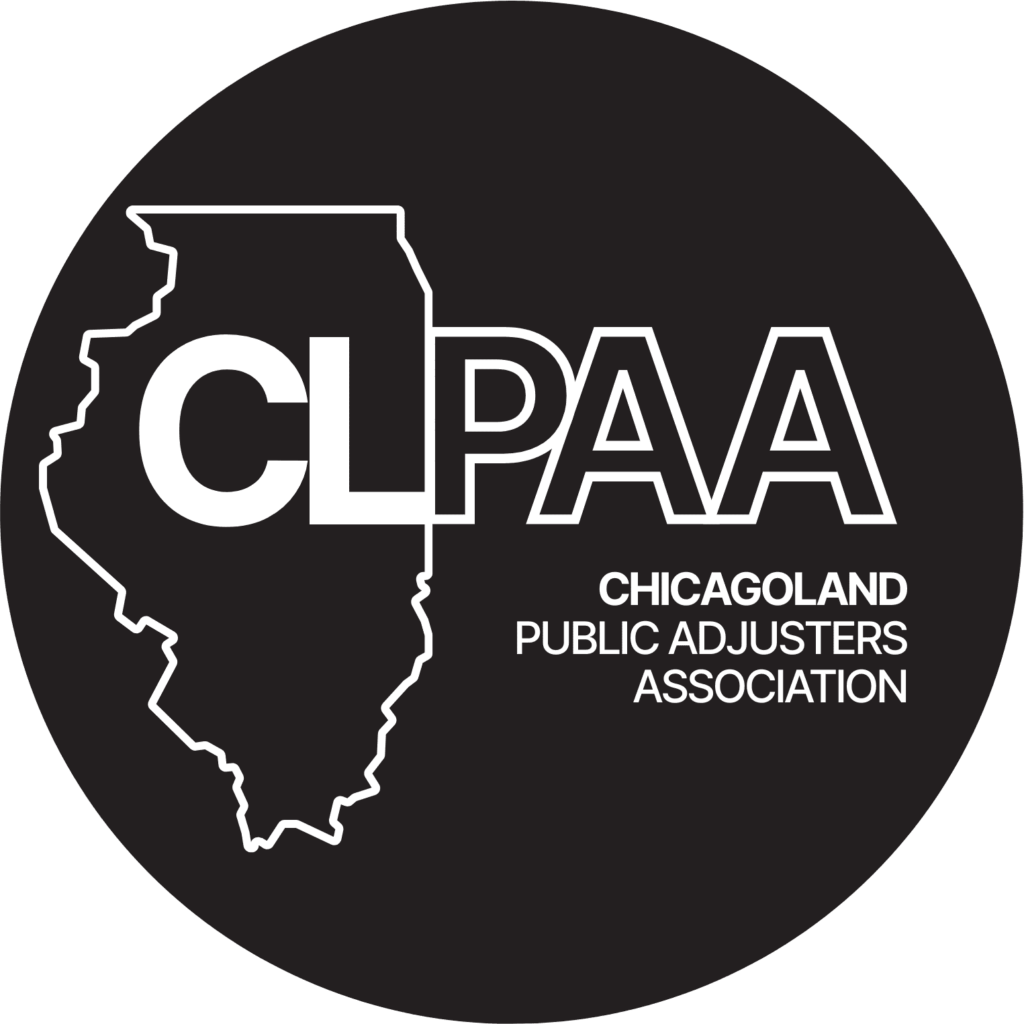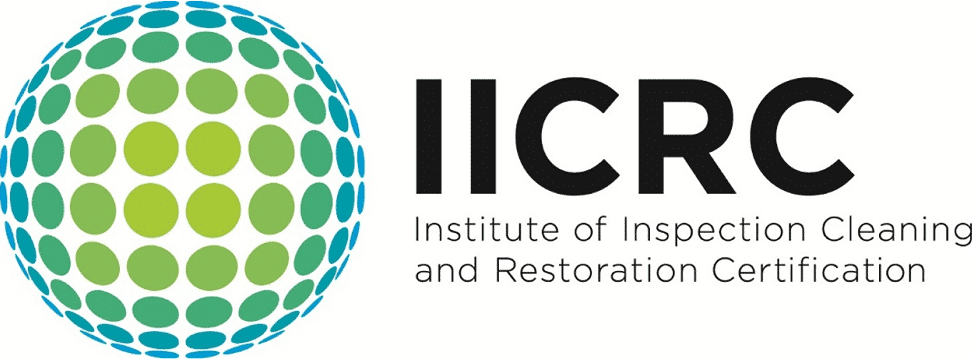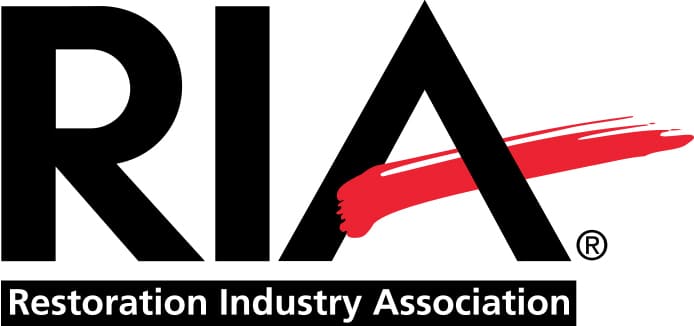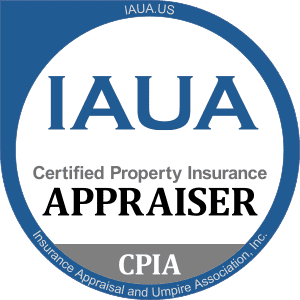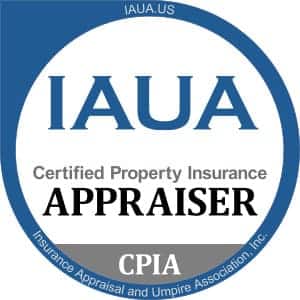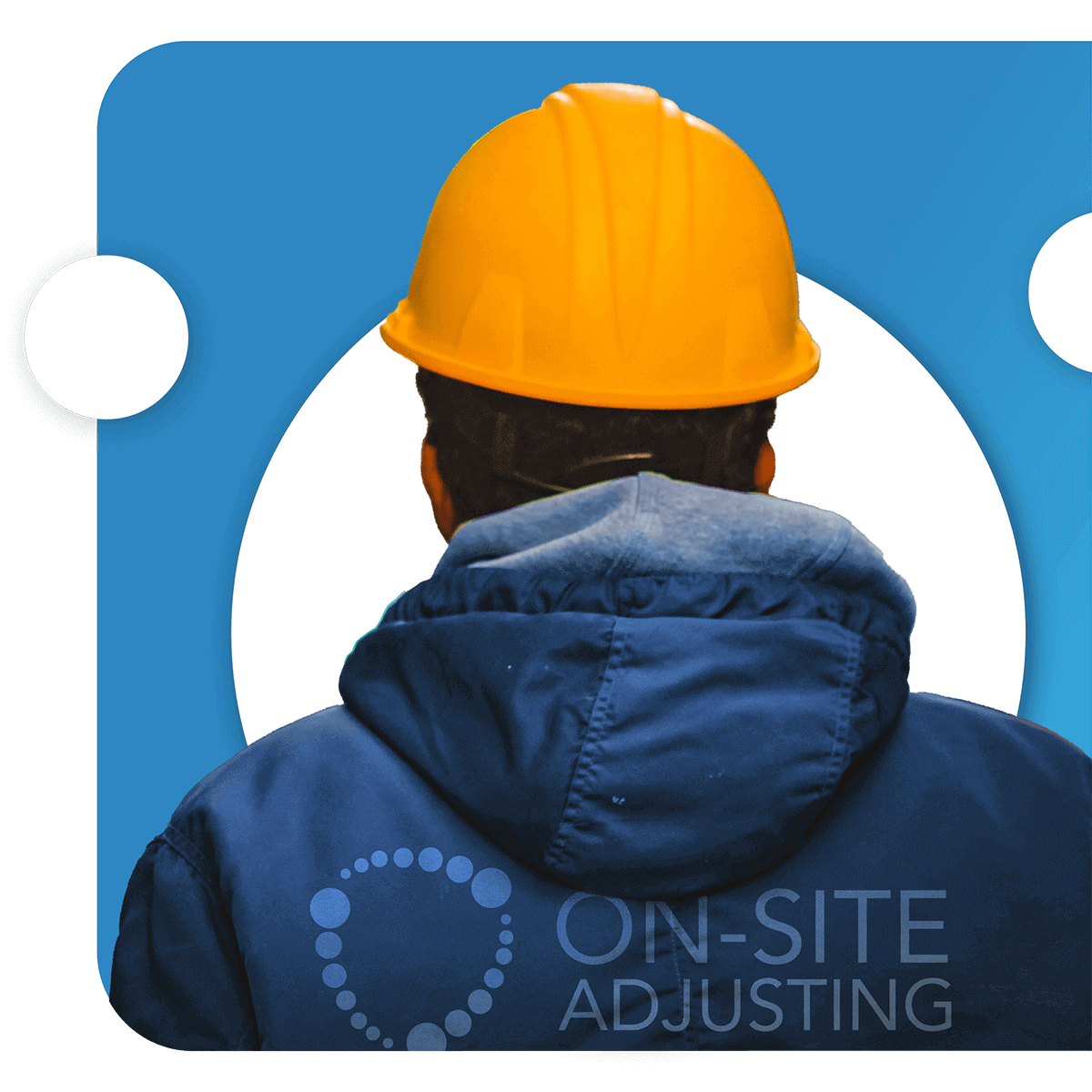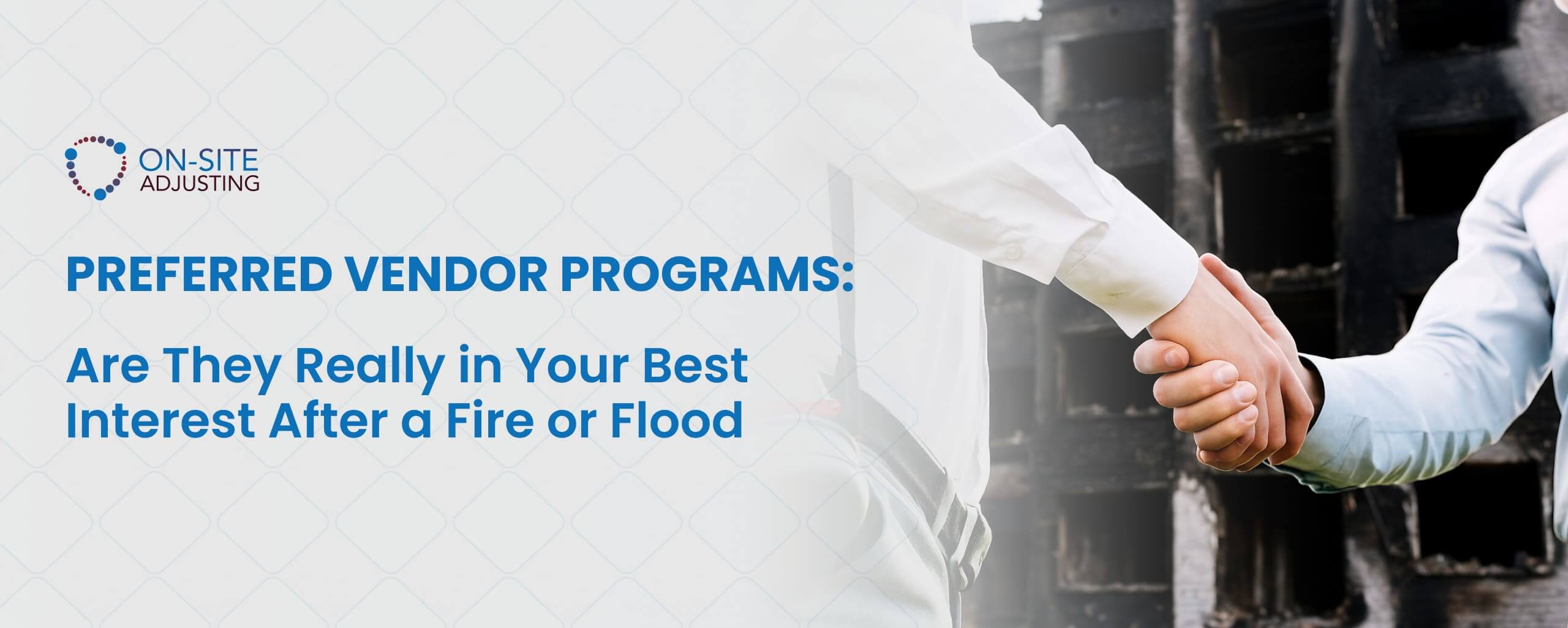
You submitted an insurance claim following a fire or flood. The insurance company’s representative politely offers you a so-called “list of recommended contractors” or a Preferred Vendor Program (PVP). It looks like a good deal because you will not need to search for anyone and the process will move faster. But does “recommended” always mean “best”?
Here, we will answer that question. At the same time, we will explain what PVPs are, what hidden downsides they have, and what alternatives exist.
What Are Preferred Vendor Programs?
A press release from the Swiss Re Institute states that in just Q1 and Q2 of 2025, natural disaster losses reached $80 billion. What does this mean? Thousands of people file claims at the same time. Insurers activate PVPs to process claims quickly. But there is a catch: the priority becomes speed and cost savings, not the quality of your repairs.
A PVP is a network of restoration and repair companies who have agreements with the insurer.
In the market, a PVP is presented as a “fast and hassle-free solution.” When you file a claim, the insurance company will send you directly to one of these contractors for property damage restoration. Sounds perfect, right? But this is where the problems begin.
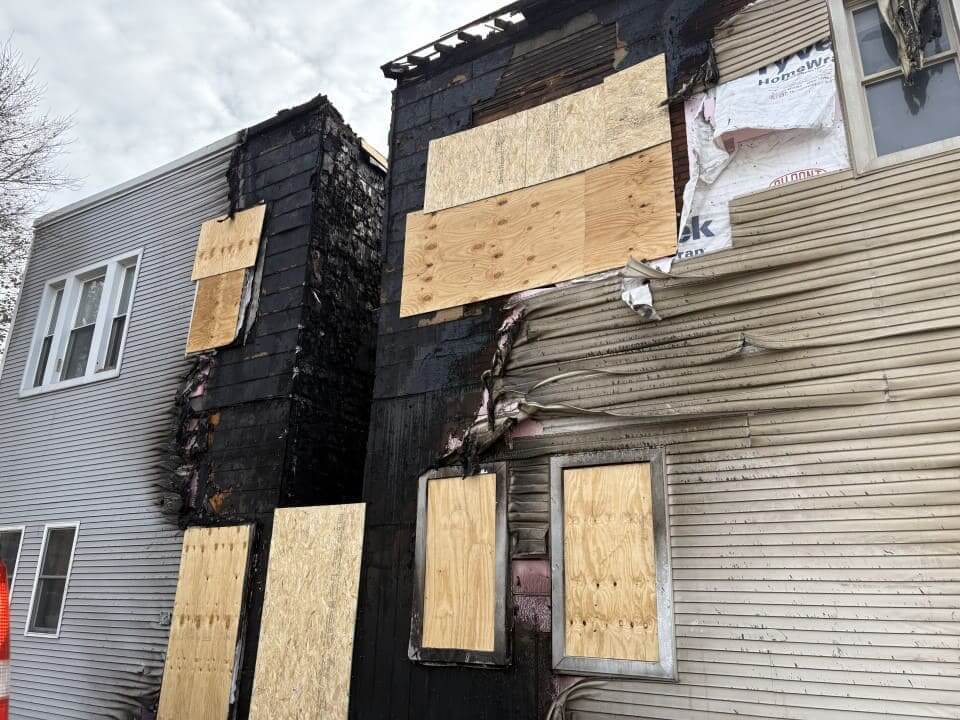
Potential Benefits for the Policyholder
To be fair, there are some advantages, mostly linked to convenience:
- Faster start to repairs without searching for an insurance claim contractor.
- Less administrative work (pre-approved processes between insurer and contractor).
- Sometimes fixed pricing and timelines, although this is a questionable advantage because it only creates the illusion of predictability.
But these benefits are small compared to the risks you will face.
Feeling stuck with your claim? You don’t have to fight alone.
Reach out to us — we will review your claim for free and help you understand your options
Risks and Downsides of Preferred Vendor Programs
The main problem with PVPs is the conflict of interest. While the contractor supposedly works for you as the policyholder, their real client – the one providing them with a constant flow of jobs – is the insurance company.
What does this lead to? Nothing good:
- Cost-cutting at the expense of quality. Contractors will try to stay within the narrow budget approved by the insurer, resulting in cheaper materials or shortcuts.
- Ignoring hidden damage. For example, structural moisture in your home or soot spread through ventilation after commercial fire damage. These are often overlooked to reduce repair costs and lower claim payouts.
- The warranty trap. Insurance companies often promise a 5-year warranty on work performed by their contractors. However, the fine print in your policy says that the warranty comes from the contractor, not the insurer. When problems arise, insurers often refuse to honor it. And what happens to homeowners? They are left with poor repairs and the prospect of going to court.
On top of that, you are restricted from the very beginning because you only receive a list of “recommended” contractors. You are pressured to accept the insurer’s contractor without seeking independent estimates.
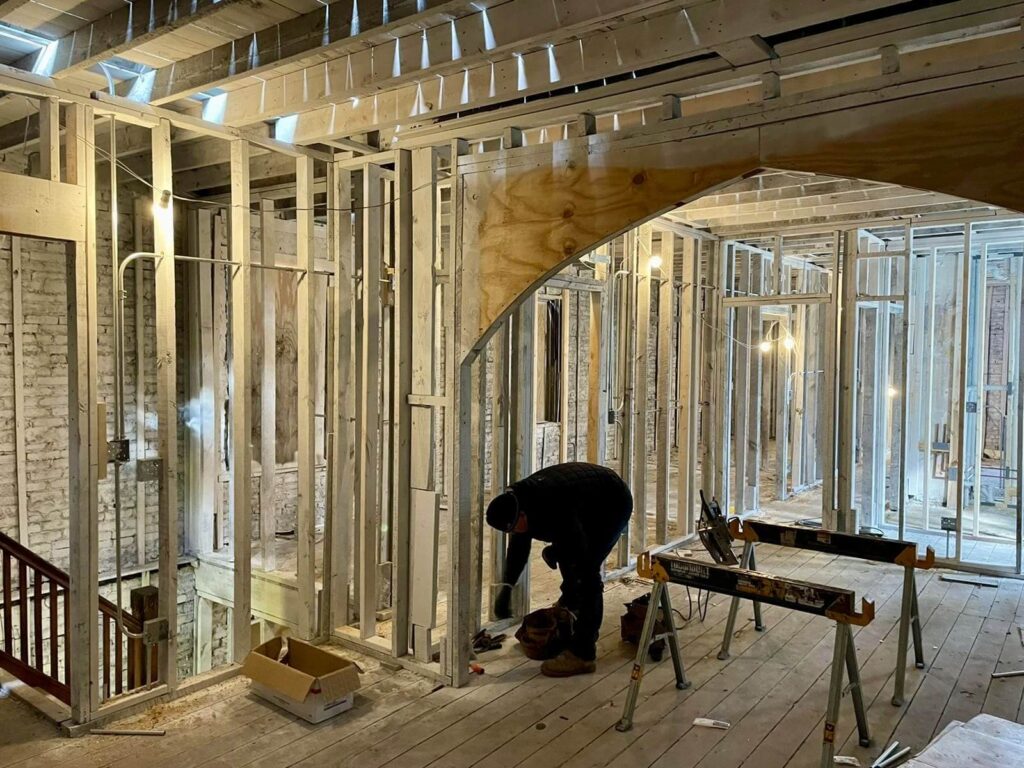
How Insurance Companies Use Preferred Vendor Programs to Their Advantage
Insurance companies operate as businesses, and their primary objective is expense control. They use PVPs as a tool of control.
The insurer will arrange agreements with contractors to secure much lower rates in return for providing a large flow of projects and will formalize this in a binding contract. To secure the work, the contractor will agree to all conditions, including obtaining the insurer’s approval for every step.
What is the result? Saving money will be the insurer’s top priority, not careful and high-quality repair of your property.
How a Home and Business Public Adjusters Protects Your Interests
Unlike a preferred vendor, our public adjuster for insurance claim works only for you. We have no agreements with insurance companies. We do not need them because our focus is negotiating on your side. This is the key difference compared to insurers.
What does the On-Site Adjusting team do for you?
- Analyze the estimates of the insurer’s contractor. We review them for underreported scope of work and the use of low-quality materials.
- Compare with independent bids. We engage additional contractors to ensure an accurate and objective estimate of repair expenses.
- Make sure ALL damages are included. We carefully inspect your home or business so that the scope of work covers every damage – even hidden ones.
- Communicate with the insurer’s representative. We handle insurance claim negotiation with the company to ensure you receive fair compensation.
On-Site Adjusting is a Licensed Public Adjuster. You can be sure that 100% of our work is performed in the interest of the property owner.
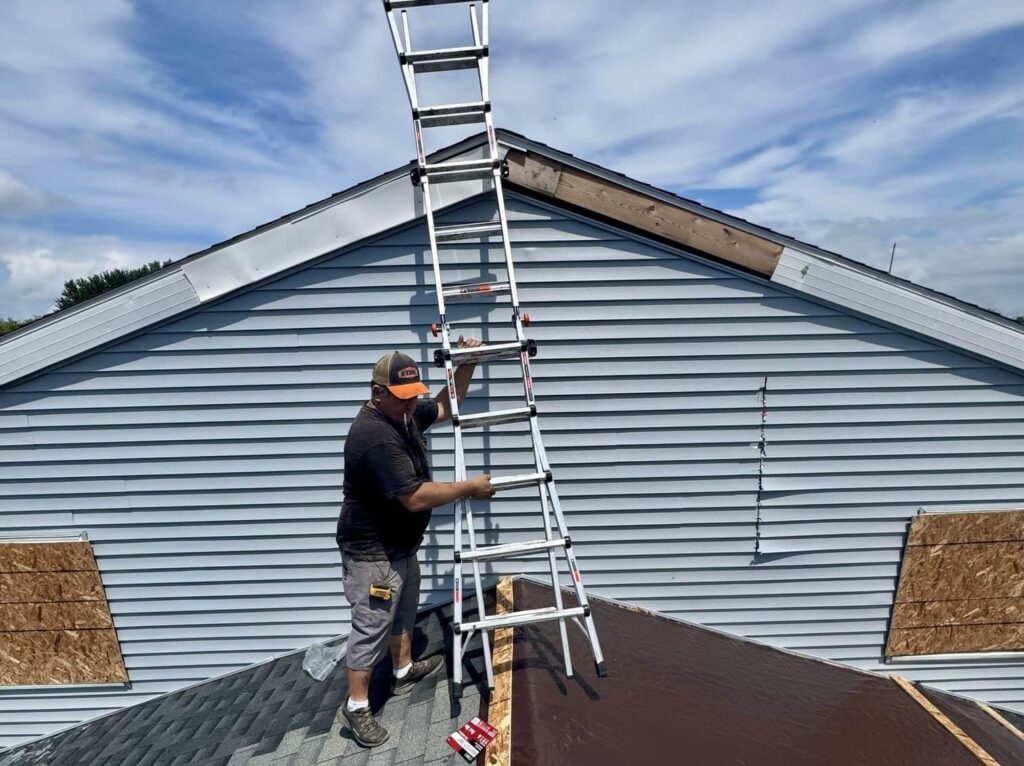
Alternatives to Preferred Vendor Programs
You are not obligated to accept the insurer’s proposal. The law is on your side. You have the right to:
1. Hire your own independent insurance claim contractor.
This contractor will work directly for you, not for the insurer. Their reputation and loyalty belong to you, not to the company that provides them with jobs.
To make the best choice, we recommend requesting several bids from different companies. In this way, you will ensure the best value for your money and add significant weight to your negotiation and settlement with the insurance company. When you have three estimates for $50,000, it will be much harder for the insurer to force you to agree to a $30,000 repair from their contractor.
2. Use the services of public adjuster companies.
This is the most thorough approach, resolving all matters. Yes, we already talked about good claim public adjusters earlier. But what you do not yet know is that these professionals will essentially act as your project managers. Their functions include:
- Helping you find independent contractors who work at fair market rates and have a solid reputation.
- Checking the quality of materials and ensuring that completed work matches the approved plan.
In the end, local public adjusters will tie everything together. This guarantees that the full scope of work covered by your compensation will be completed properly, with quality, and as efficiently as possible. Another pleasant bonus: you will be free from the burden of managing the construction process yourself.
Final Thoughts
PVPs offer an attractive illusion of a simple and safe choice. However, this illusion often costs you money and limits your options. You have the full right to decide who will perform your fire and water damage restoration. Do not let anyone – not even your insurer – make that choice for you.
Would you like to receive a free damage assessment and recommendations on choosing a contractor? Call the On-Site Adjusting team at (866) 861-4992 or (866) 933-0404, or fill out our contact form.
READY TO GET YOUR PROPERTY BACK TO NORMAL?
Fill in this form, and we'll get back to you shortly
